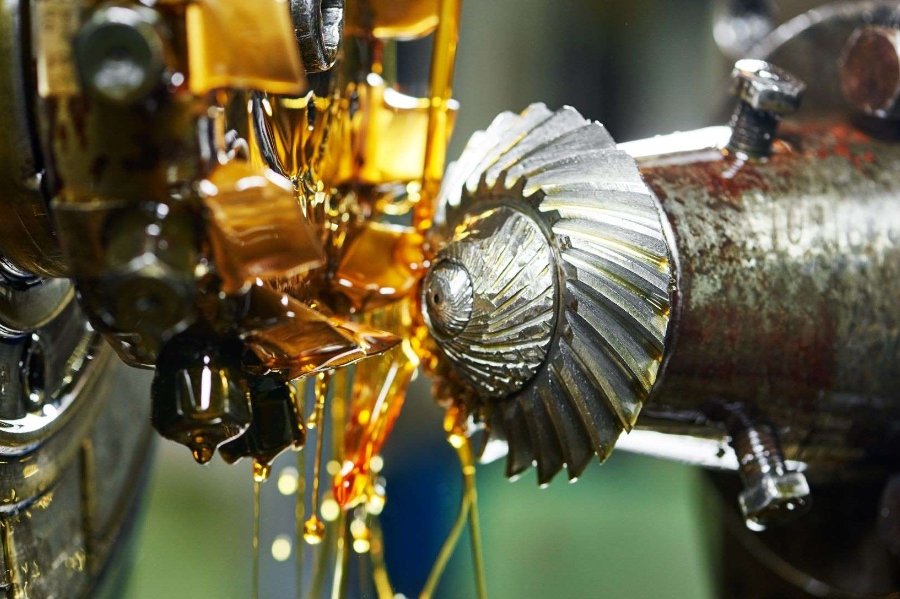
How to degrease mechanical parts?
The degreasing of metal components, machinery and surfaces is an essential part of a wide variety of industrial and manufacturing activities. Machines must be clean to operate efficiently. Old parts must be cleaned before repair. Items produced should be cleaned prior to finishing, packaging and shipping.
Why clean grease from parts?
The challenges of degreasing mechanical parts vary depending on where the grease accumulates: in your machines, tools and equipment, or on the products you manufacture.
While regular lubrication of parts is generally a good thing, a buildup of dirty grease on industrial equipment can reduce performance and increase the rate at which components wear. And it will increase your production cost.
The risk of grease accumulating on items during production and manufacturing is slightly different. If you don’t remove it correctly at the right points in the process, you risk causing problems in the later stages of production and finishing, especially if they involve coating and painting. Grease can also complicate quality control, whether you do it manually or automatically.
How to degrease parts effectively?
In many cases, the process followed by companies to eliminate fat is long, repetitive and very laborious:
- Wipe off most of the grease
- Apply detergent or solvent to dissolve grease
- Scrub to remove accumulated grease from corners and holes in parts
- Rinse the surface
- Dry the parts completely to reduce the risk of rusting
- And even if you follow this process carefully, there is a risk that the end results will vary from one cleaned part to another.
There is a better way.

Degreasing solutions
The process is similar to the dishwasher you might have in your kitchen:
- You load dirty items into the machine
- You select the cleaning cycle you want to run
- You press Start
The machine cleans mechanical parts, removing grease to a standardized standard that suits you, in a predictable period of time. And while the machine is running, you can focus on other key tasks.
This approach uses modern chemical degreasing solutions that are water-based rather than flammable solvent-based, reducing both workplace hazards and environmental impact. These degreasing fluids are recycled multiple times to minimize costs and include anti-corrosion agents that prevent flash rusting when the cleaned parts dry out.

